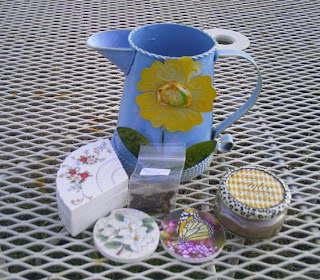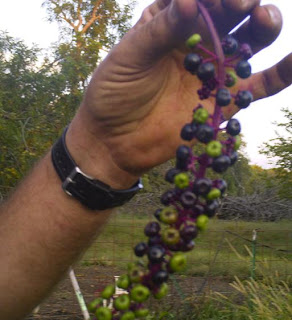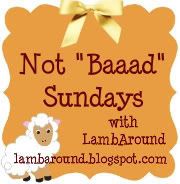
Without getting into a long explanation, to put it simply, pregnancy toxemia in goats is the result of high carbohydrate (energy) demands of multiple fetuses in late pregnancy. When this demand exceeds the supply, fat is metabolized into glucose. The metabolic needs of the kids are met at the expense of the mother causing the ketotic condition.
Revive recipe for does with pregnancy toxemia
*Give Revive during the day
500ML 50% Dextrose
500ML Amino Acid Solution (50ml if it is the concentrate)
200ML Calcium Gluconate **(see note below)
2 grams Ascorbic acid (Vitamin C)I use the injectable
5ML B12 (3,000mcg/ml)
5ML 500mg/ml Thiamin
Give 200cc 3x per day (oral drench)
Use a large, clean canning jar to make and store this. Store it in a cool, dark place because B vitamins are destroyed by light.
Scald the jar with boiling water after you clean it and turn it upside down on a clean towel. Scald the lid also. When you mix the ingredients, do not contaminate the mouth of the jar or the contents.
Do not add water to the Revive until you are ready to give it.
Mix 50:50 with water.
Add 2-3 scoops Calf Pac with the morning dose of Revive.
Use a pan of hot water to warm it if needed. Do NOT Microwave.
**Calcium Gluconate is not necessary in Revive unless the doe is showing symptoms of calcium deficiency. The most common first symptom is tender feet, like she is walking on eggshells.
Offer sweet feed, a little corn and free choice alfalfa hay to these does.
Revive is also helpful for animals that are stressed at shows or that need supportive care for some reasons other than pregnancy toxemia. For regular use, omit the Amino Acid solution, Calcium Gluconate and Ascorbic acid.
MAGIC RECIPE
1 part corn oil
1 part molasses
2 parts Karo syrup
It is helpful to warm it just a bit.
To treat pregnancy toxemia we use Revive during the day and 8 ounces of Magic for a large doe, (a little less for a small one) in the evening to hold them through the night. We have never had a goat scour on this treatment but if one does start to get loose stools then just back off on the Magic a little bit. The most important thing is to get them up and eating on their own again because a doe with pregnancy toxemia that is sleepy, won't get up and refuses to eat is at risk of dying. This will require aggressive and consistent treatment until they are up, alert and eating again. Does in this condition should be treated every 2 to 3 hours until they are awake and up, then the Revive treatment can be reduced to 3 times per day. This treatment has been used by many goat breeders with success for years. These recipes came originally from Coni Ross, a well respected and knowledgeable goat breeder.
The key to treating this condition in goats is catching it early, once a goat is down even the best treatment might not be successful.
Keep a close eye on your does the last six weeks of their pregnancy. Does that are carrying triplets or more and does that are fat or under weight are at the most risk.
Some symptoms of pregnancy toxemia to look for:
1. Swollen feet and lower legs.
2. A stained tail.
3. Loss of appetite.
4. Losing weight over her top.
5. Sleepy, lethargic, stays at the barn while the others go out to pasture to browse.
6. Won't stand.
7. Her breath might have a fruity, sweet odor.
If you suspect a problem you can check your doe's urine with a urine test such as Keto-check, it is generally accurate. The test strips can be bought at the pharmacy department of Wal-Mart.
**I am not a vet and this is just what works for us on our farm. You should consult with your goat knowledgeable veterinarian for help in diagnosing and treating a sick goat.
The doe in the picture did not have pregnancy toxemia. She is just taking a well deserved nap after delivering 3 healthy babies. Just because a doe is carrying triplets or quads doesn't mean she will get pregnancy toxemia, especially if she is fed properly, but even with proper feeding it pays to watch does at the top of the pecking order and at the bottom or during times of drought, etc.

















